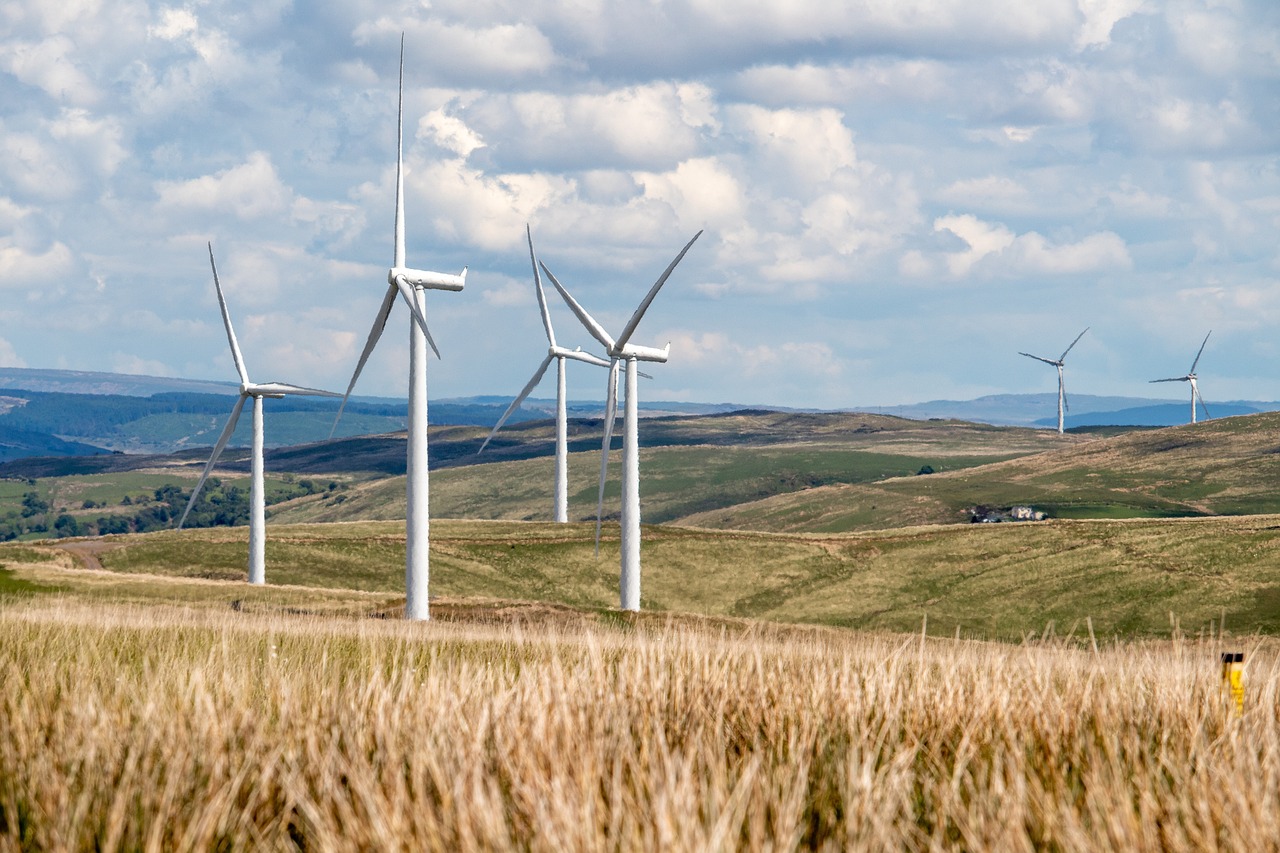Die Casting for Renewable Energy: Components for Solar and Wind Power Systems
Renewable energy sources such as solar and wind power play a crucial role in mitigating climate change and reducing dependence on fossil fuels. The efficient and reliable operation of solar and wind power systems relies on the manufacturing of high-quality components. Die casting, a versatile manufacturing process offers several advantages in the production of components for renewable energy systems. In this article, we will explore how die casting is utilized to fabricate components for solar and wind power systems.
Custom die casting is a specialized manufacturing process that involves the production of unique and tailor-made components. It utilizes the die-casting technique to fabricate complex shapes and designs according to specific customer requirements. The process involves the injection of molten metal into custom-designed molds, resulting in high-precision and detailed components.
Custom die casting offers several advantages, including the ability to create intricate geometries, high dimensional accuracy, excellent surface finish, and cost-effective production for small to large quantities. It allows manufacturers to meet the diverse needs of industries such as automotive, aerospace, electronics, and more, by providing customized solutions that meet the desired specifications and functionality. Custom die casting plays a crucial role in enabling the production of specialized components for various applications across different industries.
Die Casting Process
Die casting is a metal casting process that involves injecting molten metal into a reusable steel mold, known as a die. The molten metal solidifies rapidly, resulting in a precise and detailed component. This process is widely used for manufacturing complex shapes with high dimensional accuracy and excellent surface finish.
Die Casting for Solar Power Systems:
- Solar Panel Frames: Die casting is commonly employed to produce frames for solar panels. These frames provide structural support and protect delicate solar cells from mechanical stress and environmental factors. Aluminum, known for its lightweight and corrosion resistance, is often used as the die-cast material. The die-casting process enables the creation of intricate frame designs that are both sturdy and aesthetically pleasing.
- Heat Sinks: Solar power systems generate heat during operation, and effective heat dissipation is crucial to maintaining optimal performance. Die casting facilitates the production of heat sinks made from materials like aluminum or copper. These heat sinks provide efficient cooling by maximizing the surface area exposed to ambient air, thereby enhancing heat transfer and preventing thermal damage to solar panels.
Die Casting for Wind Power Systems
- Turbine Housings: Wind turbines consist of various components, including turbine housings that house the generator, gearbox, and other internal mechanisms. Die casting is often utilized to manufacture these housings due to its ability to produce large, complex, and lightweight structures. Aluminum alloys are commonly used for die-casting turbine housings, as they offer a good balance of strength, corrosion resistance, and cost-effectiveness.
- Rotor Hub and Blades: The rotor hub and blades are critical components of a wind turbine, responsible for capturing wind energy and converting it into mechanical energy. Die casting enables the production of intricate hub designs that provide optimal aerodynamics and structural integrity. Aluminum alloys, known for their high strength-to-weight ratio, are frequently used for die-casting rotor hubs and blades, allowing for efficient energy conversion and reduced maintenance requirements.
Benefits of Die Casting for Renewable Energy Components
- Cost-Effective Production: Die casting offers a cost-effective manufacturing solution for renewable energy components. The process allows for high-volume production, reducing per-unit costs. Additionally, die casting minimizes material waste, enhancing cost efficiency further.
- Design Flexibility: Die casting enables the creation of complex and intricate designs that meet the specific requirements of solar and wind power systems. The flexibility in design facilitates the integration of additional functionalities and optimization of component performance.
- Superior Quality and Durability: Die-cast components exhibit high dimensional accuracy, excellent surface finish, and superior mechanical properties. This ensures the durability and reliability of renewable energy systems, even under challenging environmental conditions.
Advantages of die casting offer several advantages, including high precision with tight tolerances, cost-effectiveness for large-scale production, versatility in material selection, excellent strength and durability, production of complex shapes with consistent quality, integration of features, smooth surface finishes, and high production efficiency. These advantages of die casting are a preferred choice for manufacturing components in industries such as automotive, aerospace, electronics, and consumer goods.
Conclusion
Die casting plays a vital role in the manufacturing of components for solar and wind power systems. From solar panel frames and heat sinks to turbine housings and rotor hubs, die-cast components offer numerous benefits such as cost-effective production, design flexibility, and superior quality. As the demand for renewable energy continues to grow, die casting will remain a crucial process in ensuring the efficient and reliable operation of solar and wind power systems, ultimately contributing to a sustainable future.

